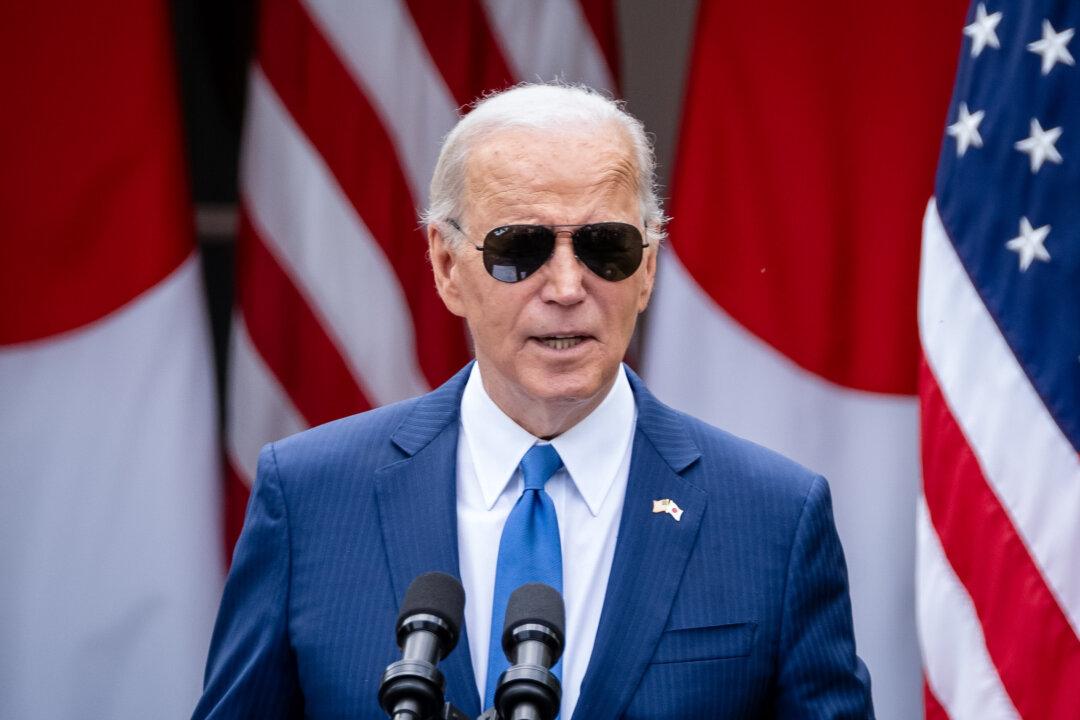News Analysis
The hotter-than-expected inflation data could prove to be a problem for President Joe Biden and his economic philosophy, known as Bidenomics, heading into the November election.

The hotter-than-expected inflation data could prove to be a problem for President Joe Biden and his economic philosophy, known as Bidenomics, heading into the November election.